Romance is everywhere, dear readers. Love stories can be found everywhere–not only in romance novels. We’re not just talking about “some of the characters are married or getting married” plot lines. We’re talking about the kind of slow-burning, evolving, enriching love stories that romance readers know and love. They just take place on the pages of a book that is shelved in mystery, perhaps. Or science fiction. Or thriller. Indeed, there are a number of established romance authors who work across genres, and bring their skills in crafting relationships to any number of different books, stories, and genres.

So, perhaps you are a reader who would like more romance in your life, but aren’t really in the mood for a full-on romance? Or perhaps the romances are your favorite part of other genre installments? Here are a few suggestions for you from our genre experts for “Romance in non-romance genres”. We hope you find some inspiration for your next romantic read!
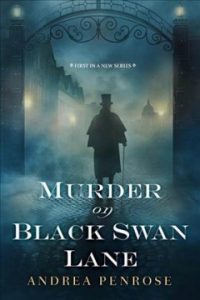 Murder on Black Swan Lane: The author of this intriguing series, Andrea Penrose, also writes historical romance novels under the name of Cara Elliott, and she brings the same nuanced character development, insight, and chemistry to this tale of murder, international intrigue and…well…chemistry. The Earl of (fans of Elliott’s work will remember this name!) has been plagued by the satirical cartoons of A.J. Quill, an artist as brilliant as he in ruthless in skewering the hypocrisy and debauchery of the aristocracy. But then the clergyman is found slain in a church—his face burned by chemicals, his throat slashed ear to ear—and Wrexford finds himself the chief suspect. Charlotte Sloan has been using her deceased husband’s pseudonym, A.J. Quill, drawing cartoons in order to keep poverty from the door. Having anyone discover her secret would be disastrous–until Wrexford discovers her. Instead of revealing her, however, he offers her a deal—use her sources to unveil the clergyman’s clandestine involvement in questionable scientific practices, and unmask the real murderer. This is a pair unlike in temperament, class, and outlook, but they work together beautifully, and Penrose expertly crafts the bond between them that will keep readers spellbound even as the mystery they investigate grows ever deadlier. If you enjoy this book, be sure to check out the second–Murder at Half Moon Gate. It’s even better, believe me!
Murder on Black Swan Lane: The author of this intriguing series, Andrea Penrose, also writes historical romance novels under the name of Cara Elliott, and she brings the same nuanced character development, insight, and chemistry to this tale of murder, international intrigue and…well…chemistry. The Earl of (fans of Elliott’s work will remember this name!) has been plagued by the satirical cartoons of A.J. Quill, an artist as brilliant as he in ruthless in skewering the hypocrisy and debauchery of the aristocracy. But then the clergyman is found slain in a church—his face burned by chemicals, his throat slashed ear to ear—and Wrexford finds himself the chief suspect. Charlotte Sloan has been using her deceased husband’s pseudonym, A.J. Quill, drawing cartoons in order to keep poverty from the door. Having anyone discover her secret would be disastrous–until Wrexford discovers her. Instead of revealing her, however, he offers her a deal—use her sources to unveil the clergyman’s clandestine involvement in questionable scientific practices, and unmask the real murderer. This is a pair unlike in temperament, class, and outlook, but they work together beautifully, and Penrose expertly crafts the bond between them that will keep readers spellbound even as the mystery they investigate grows ever deadlier. If you enjoy this book, be sure to check out the second–Murder at Half Moon Gate. It’s even better, believe me!
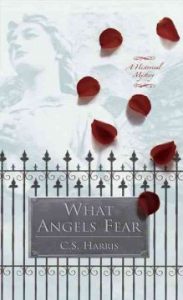
What Angels Fear: If historical mysteries are your cup of tea, I cannot recommend C.S. Harris’ series featuring Sebastian St. Cyr more highly. These mysteries are expertly crafted, the danger is real, and the history is delightful. But at the heart of this series is a hero who has had his heart broken too many times, and has a huge amount of emotional growing-up to do. And Harris makes him do it. As a result, the long plot arcs in this series, featuring St. Cyr’s family drama, clandestine romances, and finally finding a real true love, are unpredictable, daring, and wonderfully fulfilling. These stories have a bit more mystery in them than Penrose’s, but the romance, the angst, and the true love, are critically important, too! In this first book in the series, St. Cyr is the prime suspect in a the brutal rape and murder of a young woman whose body is left in an ancient church. Desperate to save his own skin, and ever-ready to settle old debts, St. Cyr sets out to find the true culprit–and nearly upends the reign of the Prince Regent in the process.
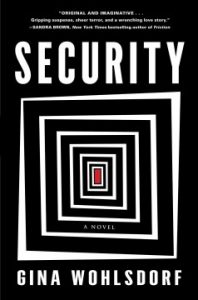
Security: Gina Wohlsdorf’s debut was by far and away one of the most unexpected, unpredictable, and strangely moving books I’ve read in a long time. On the surface, this is a book about a hotel–the most secure, technologically-advanced, luxurious hotel ever built. Security cameras, sound-recording devices, and a wealth of other high-tech devices have been installed to ensure that guests enjoy the ultimate in comfort, privacy, and security. But when the security system is hacked, allowing a band of unknown, vicious killers into the building, the Manderly Resort becomes a slaughter-house. Beneath the surface, however, this is a story about human relationships–specifically, the relationship between hotel manager Tessa and the man who has come to visit her. And the security guard who watches it all. To tell you anymore would be to ruin the surprise of this book, but if you are in the mood for something that will, quite seriously, provide you with All The Feelings, from fear to passion, from creeping terror to jubilation, this is the book for you!

We: A classic science-fiction/dystopian novel, Yevgeny Zamyatin’s 1921 novel (inspired by his own experiences during the Russian Revolution and Civil War) predates George Orwell and Aldous Huxley, and does it will chilling insight and stunning imagery. But even as this book tells the story of a “world at harmony” in a totalitarian state where no one has names or individual identities, it’s also a love story. Like all other citizens of One State, D-503 lives in a glass apartment building and is carefully watched by the secret police, or Bureau of Guardians. D-503’s lover, O-90, has been assigned by One State to visit him on certain nights. But then, D-503 meets I-330, and his whole life is turned upside down. And not only his life–1-330 is the leader of a revolutionary group determined to bring humanity and bird song back to the city in which she lives. Though the results of this book aren’t specifically happy, this is a book that validates and celebrates the power of love in all its forms over and over again. And in that way, it’s a truly powerful love story.
Until next month, beloved patrons–may you love all that you read!



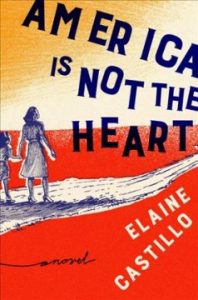
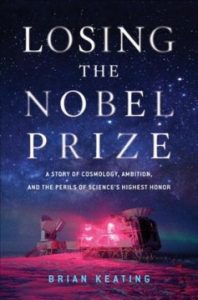
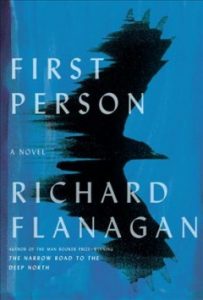



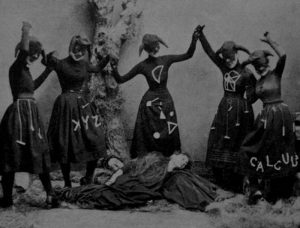
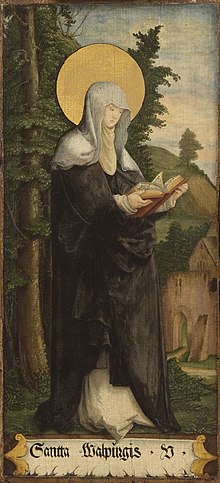 On the night before the first of May, people in European countries including the Netherlands, Germany, the Czech Republic, Slovenia, Sweden, Lithuania, Latvia, Finland, and Estonia observe Walpurgisnacht, which is the eve before the Feast of Saint Walpurga (pictured at left), an 8th century British abbess who traveled to what is now Germany as a missionary. Walgpurga was renowned for her medical abilities, and her abbey in Germany was considered “a center of culture” where people came to learn as well as to seek aid and spiritual guidance. Following her death in 777, and subsequent canonization, people prayed to Saint Walpurga to repel the effects of witchcraft on their bodies and their possessions. On May 1, 870, her relics were relocated to Eichstätt, a town in the Bavarian area of Germany, and local stories note that miraculous cures were reported as her remains traveled along the route. Over time, the evening before Walpurga’s feast day on May 1 was seen as the night when all the evil in the world had free reign–a time that ended with Walpurga’s Day.
On the night before the first of May, people in European countries including the Netherlands, Germany, the Czech Republic, Slovenia, Sweden, Lithuania, Latvia, Finland, and Estonia observe Walpurgisnacht, which is the eve before the Feast of Saint Walpurga (pictured at left), an 8th century British abbess who traveled to what is now Germany as a missionary. Walgpurga was renowned for her medical abilities, and her abbey in Germany was considered “a center of culture” where people came to learn as well as to seek aid and spiritual guidance. Following her death in 777, and subsequent canonization, people prayed to Saint Walpurga to repel the effects of witchcraft on their bodies and their possessions. On May 1, 870, her relics were relocated to Eichstätt, a town in the Bavarian area of Germany, and local stories note that miraculous cures were reported as her remains traveled along the route. Over time, the evening before Walpurga’s feast day on May 1 was seen as the night when all the evil in the world had free reign–a time that ended with Walpurga’s Day.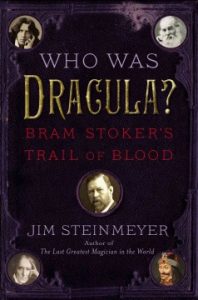 That is why, when Jonathan Harker travels through Hungary to Romania in the opening chapters of
That is why, when Jonathan Harker travels through Hungary to Romania in the opening chapters of 

